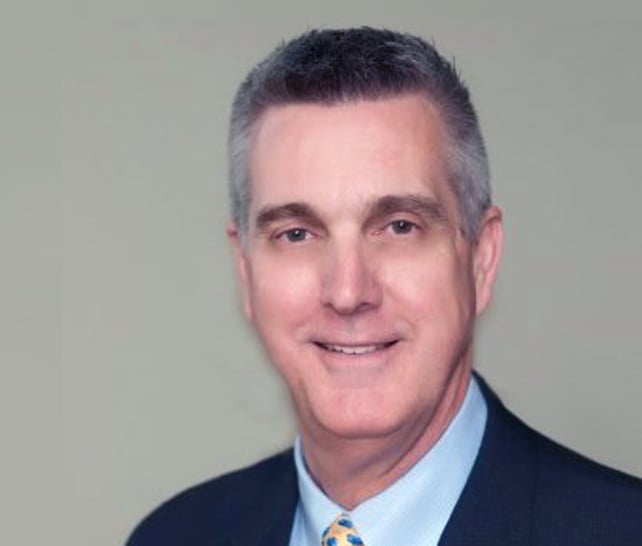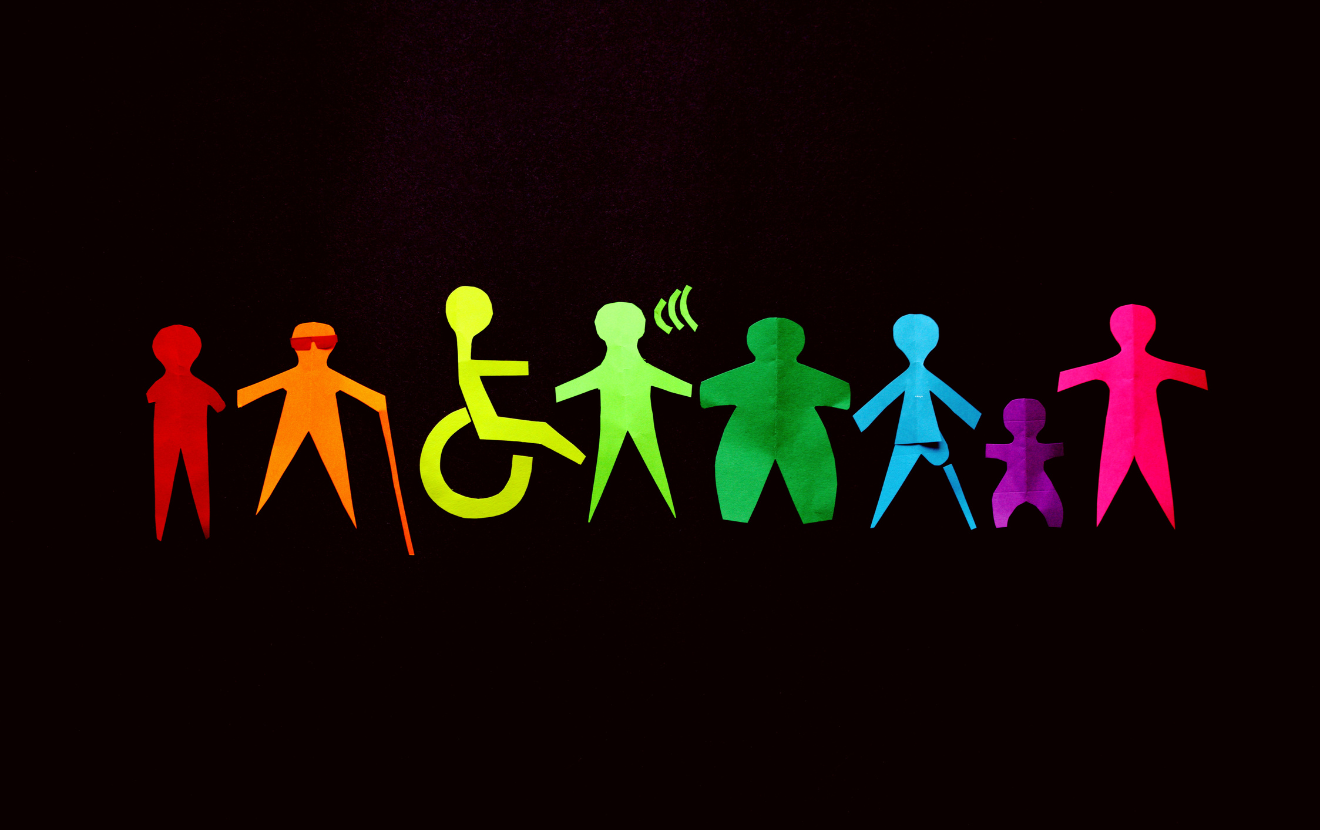Back in November of last year, I identified the idea behind a plan for the credit union industry to consider a “makeover” that would be dramatic and purposeful (maybe even radical).
By way of quick reminder, I believe the need exists to do something wildly different, yet consistent with the credit union’s movement and purpose, setting credit unions apart from banks and other financial institutions. Why? Because our industry has become so blasé that credit unions often are mistaken for banks. We even use some of the same terminology when explaining what we do. It’s become more difficult to describe the difference, except for the most obvious—member-owned vs institutional shareholder-owned, community-based vs regional or national (although that is disappearing quickly), and not-for-profit vs for profit. Credit unions and banks have become somewhat homogenous.
I think most of us can admit that banks are more impersonal and focused on making money than credit unions are. That’s part of our DNA and has served to set us apart for many years. However, as credit unions get larger and focus more on driving profits, that distinction has been diminished. Apart from these distinctions, we are basically just an alternative to a bank for many people. Hmm…bank or credit union, which do I choose? Sometimes it boils down to which has a branch/location closest to where I live or work. Or it could be an offer I’ve seen or heard about a loan I’m considering. How do we eliminate the possibility of someone deciding by merely flipping a coin? Maybe the big differences we see aren’t that apparent, real, or even valued to everyone outside of the movement. It’s no longer sufficient to be just another place for individuals to keep their money (save), move their money (transact), and get a loan (borrow). I contend that for credit unions to survive the long haul, we must reinvent and get radical (again).

What do credit union members want and need (that banks can’t and won’t deliver)?
Freedom. Freedom from being a slave to money and finances. Too many people stress about their financial situation and too many live paycheck to paycheck. Is there a way that credit unions can help with this issue? Originally, credit unions flourished because people felt they provided more control over their money than banks had provided. Historically speaking, credit unions were born out of the failure of banks to protect and take care of their customers money and hence, the customer’s financial health and well-being. Following the great depression, credit unions emerged as a means for individuals to have more say and control with how their money and life savings was managed. Very different from the old banking model.
Most Americans want a financial partner (that they can trust) to help them achieve financial health—destress over money and know that their financial partner has their back and is doing everything they can to be free from financial worry. We can become the industry/movement where individuals have a “partner” that is committed to helping them become financially healthy and well. But it must be more than just marketing speak or a few videos on “being smart with your money.” It requires a complete industry makeover, with unique products and services that are focused on member financial health and wellness. An operational mindset that views each member as a patient that we can help become financially fit. With staff that are trained to assist members with credit score improvement, budgeting, and spending. And, ensuring consumers’ financial health is not only a good way to do business, but it’s also a way to increase profitability and revenues. It’s a competitive differentiator and a buffer to fintech competition.
And therein lies how credit unions can be so different from banks. Banks won’t adopt many of the things credit unions do because it won’t make them money. For them, it's profit over purpose. If we make our purpose the financial health and well-being of each member, we will win in the long run. Instead of using “profitable members” as a credit union success measure, perhaps we should be measuring “financially healthy” members.
How do we make member financial health and wellness real and deliverable?
Financial health and wellness have had an uneven history in financial services. The concept too often has been treated more as a feel-good exercise than a true commitment. While some of the initial approaches have been aimed at educating members about financial products, services, and money using videos, classes, seminars, etc., that only scratches the surface. We must go much further than that. Since money pervades almost every aspect of life, a disciplined and confident approach to money can achieve life-changing results. This opportunity demands more than simply adopting sales techniques based on life events. What’s needed is a full appreciation of all aspects of a consumer’s lifestyle. Members want trusted advisers who can help them navigate life’s many financial challenges.
This phase sums up the opportunity perfectly (attributed to someone from CUNA), “Financial well-being for all is not a thing credit unions do, it is the thing credit unions do.” The good news is, we’re making some progress. Several organizations are focusing serious efforts to foster the financial health dialogue and to provide resources to help. Here are a couple: Financial Health Network, and The National Credit Union Foundation. As part of the NCUF’s efforts, several players from the credit union industry have committed to the FinHealth Fund—a new designated fund focused on improving financial well-being for all by scaling existing work across the credit union movement.
According to the recent CUNA 2022 National Voter Poll (January) shows credit union characteristics unambiguously translate to greater financial resilience and higher levels of financial well-being for credit union members.
Some credit unions are forging a path toward providing members a healthy financial life. Service Credit Union’s approach to financial health includes an app called Fin-Life, which incorporates gamification and a personalized coaching experience.

Putting the member first
For people to feel confident with money they need to feel in control of their lives. Money worries are one of the primary contributors to mental stress. Left unchecked, these stresses can lead to physical illness. Data supports the strong relationship between financial health and mental and physical wellbeing. Credit unions have a fundamental role to play in taking the stress out of banking and making people feel in-control about money. Helping people regain power over their finances and move to a place where they feel confident and more relaxed.
Today, more than two-thirds of Americans are not financially healthy—167 million people—that is our call to action. The more disturbing news is that most don’t know what to do about it. They go through life hoping that something will change, but they don’t have the tools or support they need to get healthy. Most Americans don’t know or understand what goes into their credit score. How can they improve it if they don’t know what factors contribute to it? Most Americans don’t know if they should have insurance, let alone what kind. Most Americans don’t have adequate savings for emergencies. Most won’t have saved enough for a stress-free retirement. The list goes on. We, as credit unions have an obligation (and opportunity) to see that our members are financially healthy and well. Not only would we be improving the physical and emotional health of our members and the credit union, but we would also be enhancing the health of our communities.
Some of what credit unions did for their members during the coronavirus pandemic served as a good start. We can build on those actions. For example, many credit unions offered deferred loan payments, some even advanced funds or made short-term low or no-interest loans to help members get through the tough times they were experiencing. In short, they put the member first. And it felt good. For the credit union and for its members. Let’s keep the momentum going.

What we must do to make it happen
Achieving the goal of financial health and wellness for every member will require a tremendous commitment and plan. You will need to get ready to act. No tweaking allowed—we’re talking about wholesale changes to the way we have done and will do business. Creating a plan and a strategy to accomplish this the starting point. Get your Board to buy-in and then start implementing. This kind of change can be fun, but not necessarily easy. You might even want to consider a specialized position to lead the effort internally. This person should be experienced in product development, organizational change/transformation, strategy, retail operations, and have strong leadership and out-of-the-box thinking skills.
- We’ll need new products and services. These products and services must incorporate healthy behaviors and features, like built-in savings on lending products, or rewards for achieving certain healthy milestones or goals, and education that isn’t stand-alone, but rather learned through the actual use of these products and services. Gamification is a great way to build in these health benefits. Standard products and services we have today need to be re-engineered with health and wellness in mind.
- We’ll need to highlight the personal nature of our business. In some cases, that means coaching, meeting with members and checking in to measure and maintain progress. Setting goals and building in rewards for members to achieve certain milestones. There is much we can glean from the medical system. Just like annual health physicals, annual financial checkups would ensure that progress toward healthy outcomes is on track. Think like healthcare professionals—what can we prescribe to get and keep our member (patient) healthy?
- We’ll need more financial advisors who are trained in helping members choose the best products and services for financial health. Decreasing debt, increasing savings, protecting their lives, families, and wealth, making smart decisions about spending, investing for retirement—all with the objective to help the member reduce or eliminate financial stress. It’s about creating financial disciplines and healthy habits for our members.
- We’ll need to change our mindset and culture. Instead of thinking like a bank that purveys checking accounts, savings accounts, mortgages, etc., turn branches into “financial fitness centers” designed to make members feel healthy, destressed, and know that the credit union and its employees have the members’ financial health as their number one priority. Be the place members feel good. Imagine how word of mouth will spread!
- We’ll need to create a realistic measure of financial health. One that incorporates the right variables that truly define financial health and wellness based on life stage, like savings levels (emergency and income/age), debt/borrowing, insurance, investments, budget and spending, credit score, etc. Consider challenges to motivate members to get healthy—maybe a credit union version of the “Biggest Loser” where members set specific wellness goals. Easy to use calculators that track progress could be encouraging.
If we can agree to take this approach to ensuring financial health and wellness for our credit union members, we can re-energize and reposition credit unions for success well into the future… and create a real point of difference from banks and other fintechs. If you need a higher calling, then creating a world of healthier members and communities will be realized, as well. Let’s create a credit union movement that rocks again!







